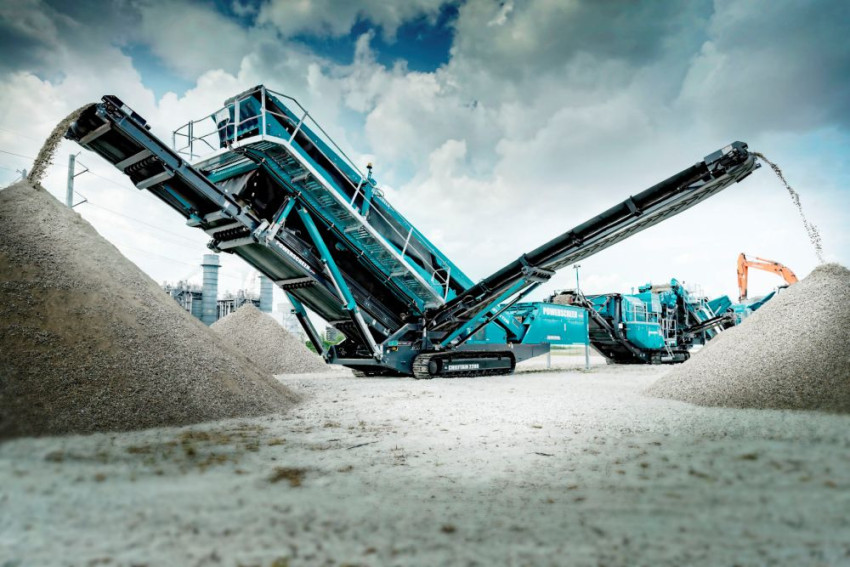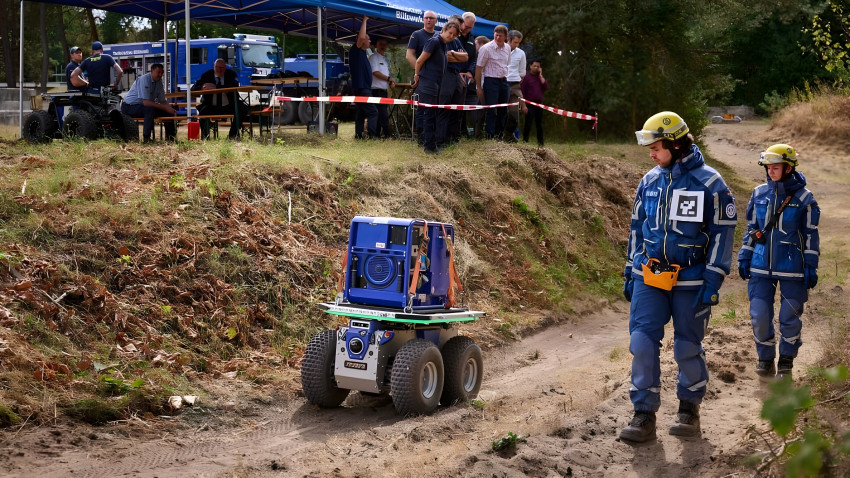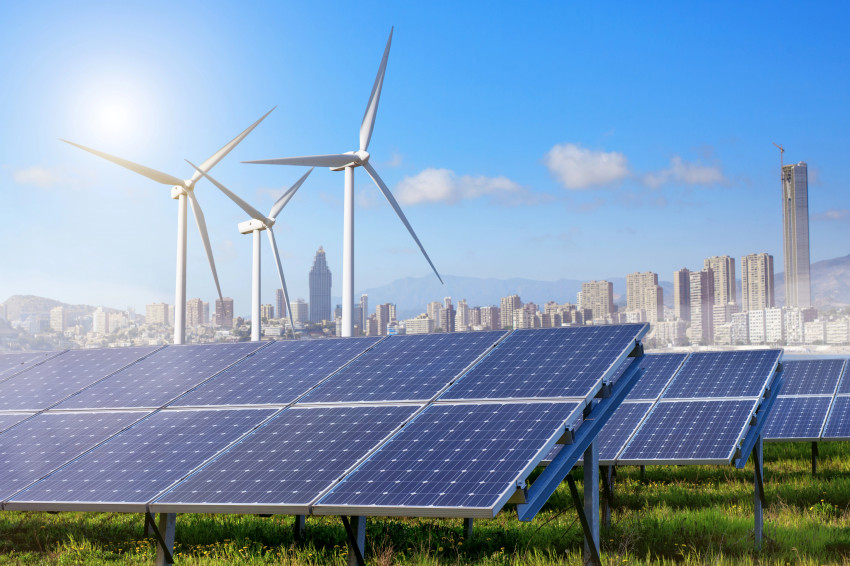
Smart crusher saves concrete and CO2
The SmartLiberator, a machine for crushing rubble, makes it possible to recycle ground concrete while the recovered cement saves CO2. Tomorrow, New Horizon Urban Mining and the Rutte Groep will be presenting the new machine at the Provada Real Estate Exhibition.
Outdated flats, a disused office building – when demolished, most of the concrete is crushed so that the rubble can be used as a foundation for roads. As a result, new concrete must be produced for new constructions. The production of cement involves a great deal of energy – and CO2 emissions accounting for around 5% of the total worldwide emission. The Netherlands is a positive exception here, as widespread use is made of blast furnace slags and fly ash from the production of steel so that less cement is required in the concrete. Nevertheless, higher-quality recycling of concrete rubble is still urgently necessary.
The new machine will make that possible. It is the result of a cooperation between the Rutte Groep civil engineering company and New Horizon Urban Mining, a company that focuses on the recycling of discarded construction materials. The new machine called the SmartLiberator can process around 130,000 tonnes of waste concrete per year and make it suitable for recycling.
Delicate crumbling
The biggest difference between existing concrete crushers and the smart crusher is the way they handle cured cement, the ‘glue’ that sticks sand and gravel together. In traditional crushers, the resultant rubble is an inseparable mix of sand, gravel, cured and non-cured cement, making it unsuitable for the production of new concrete. The cured cement in the rubble prevents good binding and would therefore weaken the new concrete. Depending on the cement used, between 50% and 70% of it is cured.
The smart crusher makes use of the difference between the properties of the various materials in the concrete rubble, explains Koos Schenk, inventor of the machine. Far greater pressure is required to crush sand, gravel and non-cured cement than for cured cement. ‘The difference is a factor of ten.’ That sounds somewhat illogical for cured cement, but the curing involves the absorption of the water in the cement so that it changes from pulp to hard. The material itself is actually very brittle, certainly when compared with sand or gravel aggregates.
‘The special feature of the machine is that we can regulate the pressure with which the delivered rubble is crushed, so that only the cured cement is ground to a powder as if it were talcum powder. The sand, gravel and still uncured cement remain untouched.’ The crushed cement is then blown out of the rubble flow using fans, and collected separately. ‘The material flow of sand, gravel and uncured cement is then suitable to make new concrete with the addition of fresh cement.’
Recycling of cement
Schenk also has a clever application for the separately collected cured cement dust called ‘freement’. ‘It already has the desired cement composition, so all we have to do is convert it back to its original uncured state.’ That is done by heating the powder to around 1400°C. ‘This too is an energy-intensive process, but still requires less energy than the production of original cement.’ Experiments are currently being carried out into the heating of the powder electrically in microwave ovens. ‘They could be used when there is a surplus of electricity from wind and sun.’
The Rutte Groep and New Horizon Urban Mining now plan to use the SmartLiberator in areas where the recycling of concrete construction elements is not possible, and they must be demolished. And with a total mass of 500,000 kilotons of concrete in buildings in the Netherlands, there will certainly be no shortage of orders.
Opening image: Koos Schenk got the idea for his SmartLiberator from the mining industry, where crushers are widely used. Photo: Powerscreen.
If you found this article interesting, subscribe for free to our weekly newsletter!







